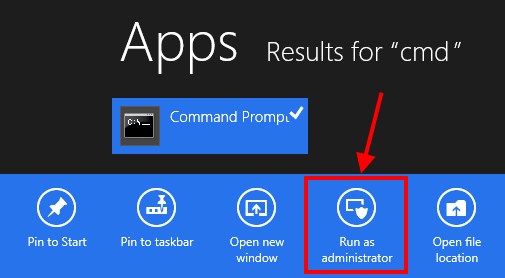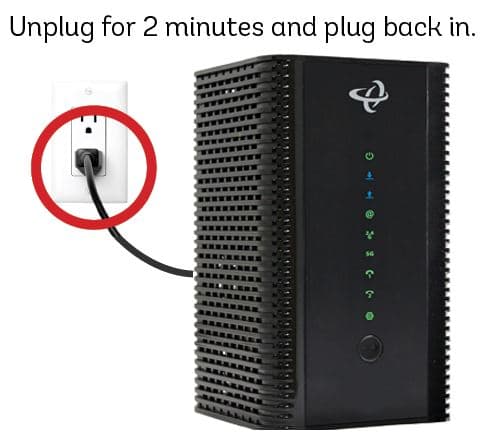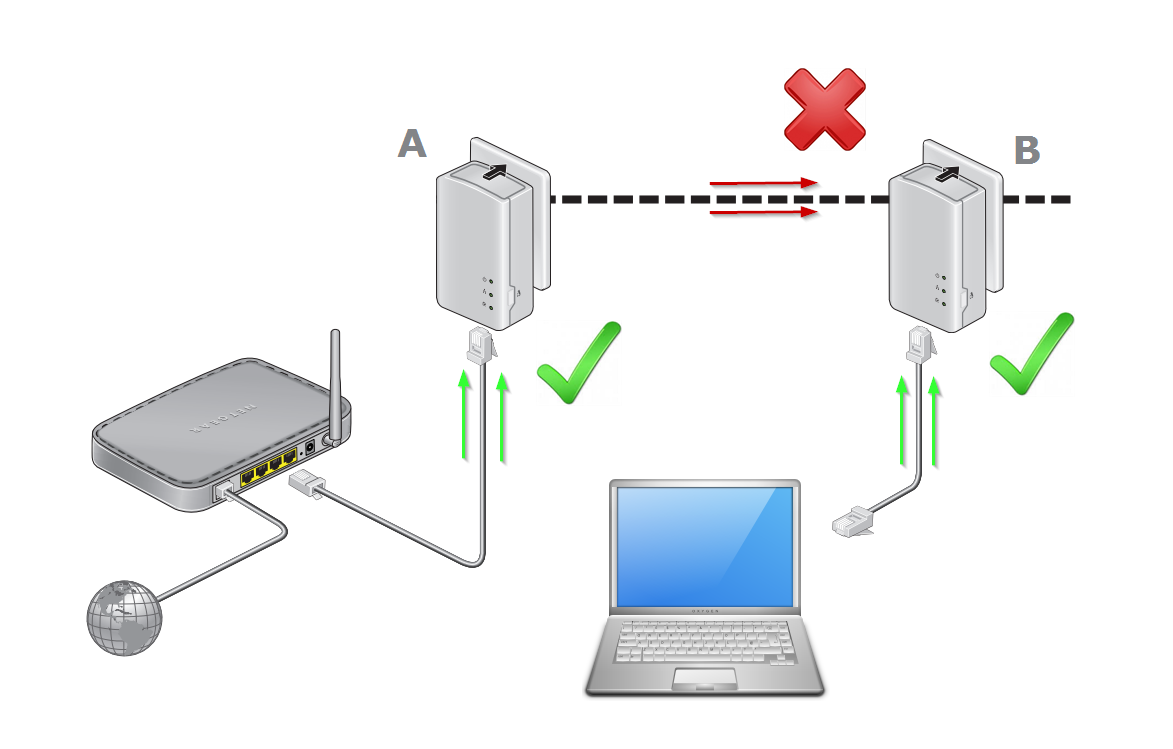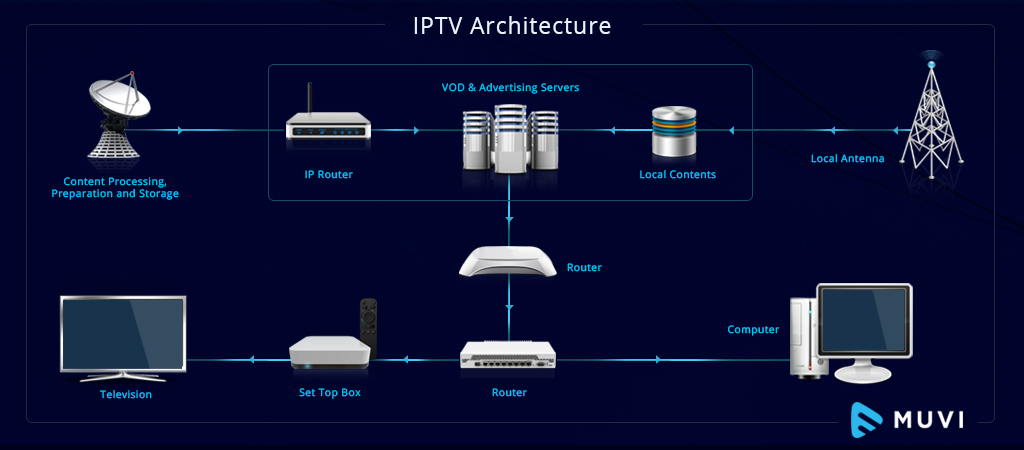A coaxial cable can be easily transformed into a simple yet surprisingly capable TV antenna. With just a few basic materials and tools, you can build your own antenna to receive over-the-air broadcast television signals for free.
Constructing a homemade coaxial antenna takes less than 30 minutes and costs a fraction of what you would pay for a store-bought antenna. You likely already have the necessary supplies on hand. And the end result functions just as well as traditional antennas.
What You’ll Need
To make your own coaxial cable TV antenna you will need:
- Coaxial cable – The longer the better. Aim for around 6-10 feet in length. RG6 is best but RG59 will also work.
- Wire strippers – For removing the cable casing and exposing the internal copper wire.
- Scissors or knife – For cutting the coaxial cable to size.
- A TV, receiver, or tuner with a coaxial input.
That’s it! Just three basic components. Before getting started, be sure your coax cable is long enough to comfortably reach from your desired mounting location to the TV input. Don’t cut the cable until you have confirmed the length.
Step-by-Step Guide
Follow these simple steps to turn a coaxial cable into a fully functional HDTV antenna:
Step 1: Cut the Cable
Using sharp scissors or a utility knife, cut your coaxial cable to the desired length. 6 feet is recommended but anywhere from 5-10 feet tends to work well. The longer the better.
You can always trim it down after testing if needed. Leave plenty of extra length for now.
Step 2: Strip Away the Cable Casing
Using wire strippers, remove approximately 8-10 inches of the black outer casing from one end of the cable. This will expose the copper wire inside.
Be careful not to damage the thin copper wiring. If you don’t have strippers, carefully use a sharp knife.
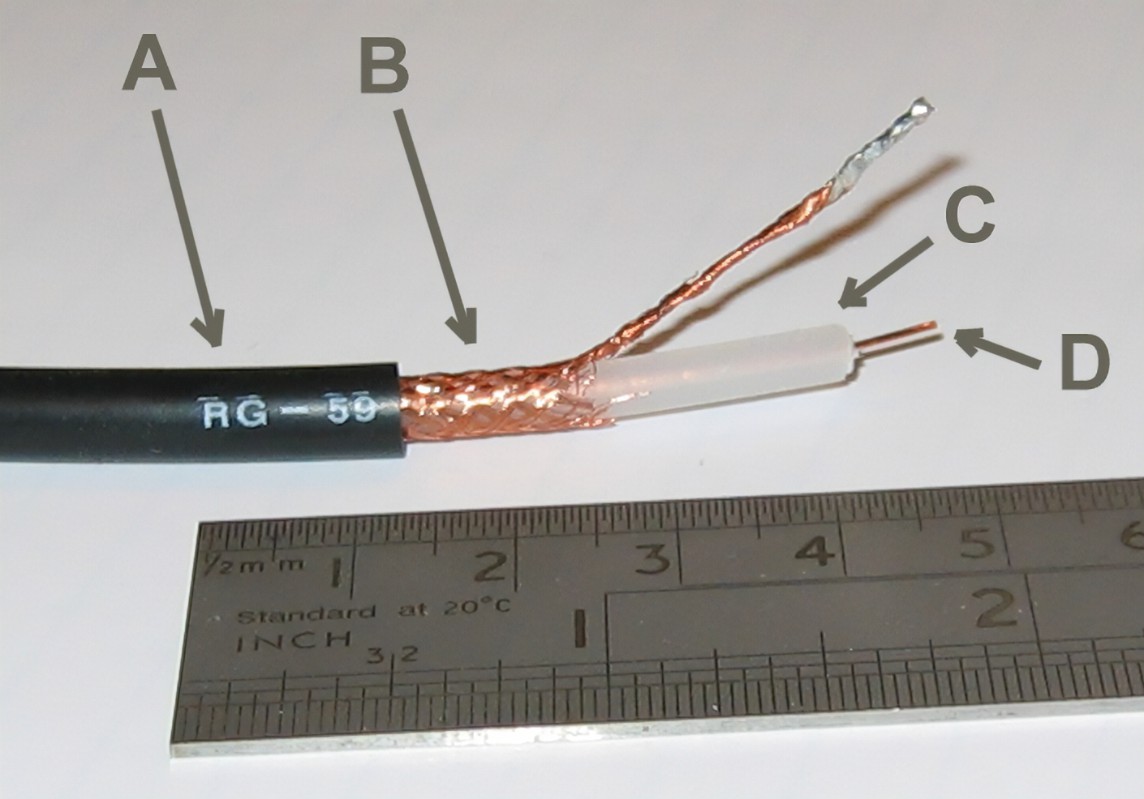
Step 3: Shape the Copper Wire
Straighten out the newly exposed section of copper wire. Then, use your fingers to shape it into a large U shape or loop.
This will serve as the antenna element that receives over-the-air television signals.
Step 4: Connect and Test
Attach the opposite end of the coaxial cable to the antenna-in or RF-in port on your TV or receiver.
Perform a channel scan to search for available broadcast stations. Position and orient the U-shaped copper wire portion of the antenna in different directions until you achieve optimal reception.
You may need to experiment with placement near windows or exterior walls facing the direction of local broadcast towers. Carefully bend or reshape the wire loop if needed to pinpoint stations.
And that’s it! By salvaging old coaxial cables destined for the trash, you can create free HDTV antennas for all your television sets.
How it Works
The key principle that allows a basic coax cable to receive over-the-air signals is its copper core. This acts as the antenna element that collects surrounding radio frequency waves broadcast from television stations.
The cable’s copper conductor and outer shielding help convert these signals into clear HDTV channels with just an exposed section shaped into a receiving loop.
While not as powerful as premium directional antennas, DIY coaxial antennas can reliably receive stations 10-15 miles away in ideal conditions. Your mileage may vary based on terrain and transmission strength.
But their simplicity and ease of construction make these antennas extremely cost effective for cord cutters. And they work surprisingly well despite the minimal effort required.
Tips for Improving Performance
Here are some helpful tips to get the most out of your homemade coaxial TV antenna:
- Position the exposed copper wire near a window facing the direction of local broadcast towers.
- Try mounting higher up, like in an attic or outside. Elevation improves range.
- Amplifiers can boost signals for longer reach. But try without first.
- Use an antenna rotator to pivot the antenna in different directions.
- Combine multiple coaxial antennas into your own multi-element array.
- Maximize the antenna’s line of sight to transmitters. Avoid obstructions.
- RG6 cable and thicker copper wiring performs better than RG59.
- Extend the antenna’s length for increased signal pickup.
- Pair with a signal booster if located far from broadcast towers.
With some tweaking and optimal placement, this homemade antenna can pick up stations over 20 miles away in areas with strong over-the-air signal coverage.
Alternative Designs
The large U-shaped loop is the most common and effective design for converting coaxial cables into antenna elements. But other shapes and configurations can also work well.
Some alternatives include:
- A smaller loop or spiral for compact spaces.
- Multiple wires splayed out in a fan or broom shape.
- Different lengths and bends resembling a zig-zag or lightning bolt.
- Attaching the stripped coax to a metal pole, rod or mast for elevation and directional targeting.
Don’t be afraid to experiment! The key is exposing copper wire to act as a receiving dipole. The exact shape and orientation can vary widely.
Advanced Tuning for Distant Signals
While compact coaxial antennas work great for strong local stations under 15 miles, pulling in channels from 30+ miles away or weak fringe signals requires advanced tuning techniques.
This includes building directional Yagi or log-periodic dipole antennas using copper pipe and wiring. Properly constructed, these can receive stations from over 50 miles away under optimal conditions.
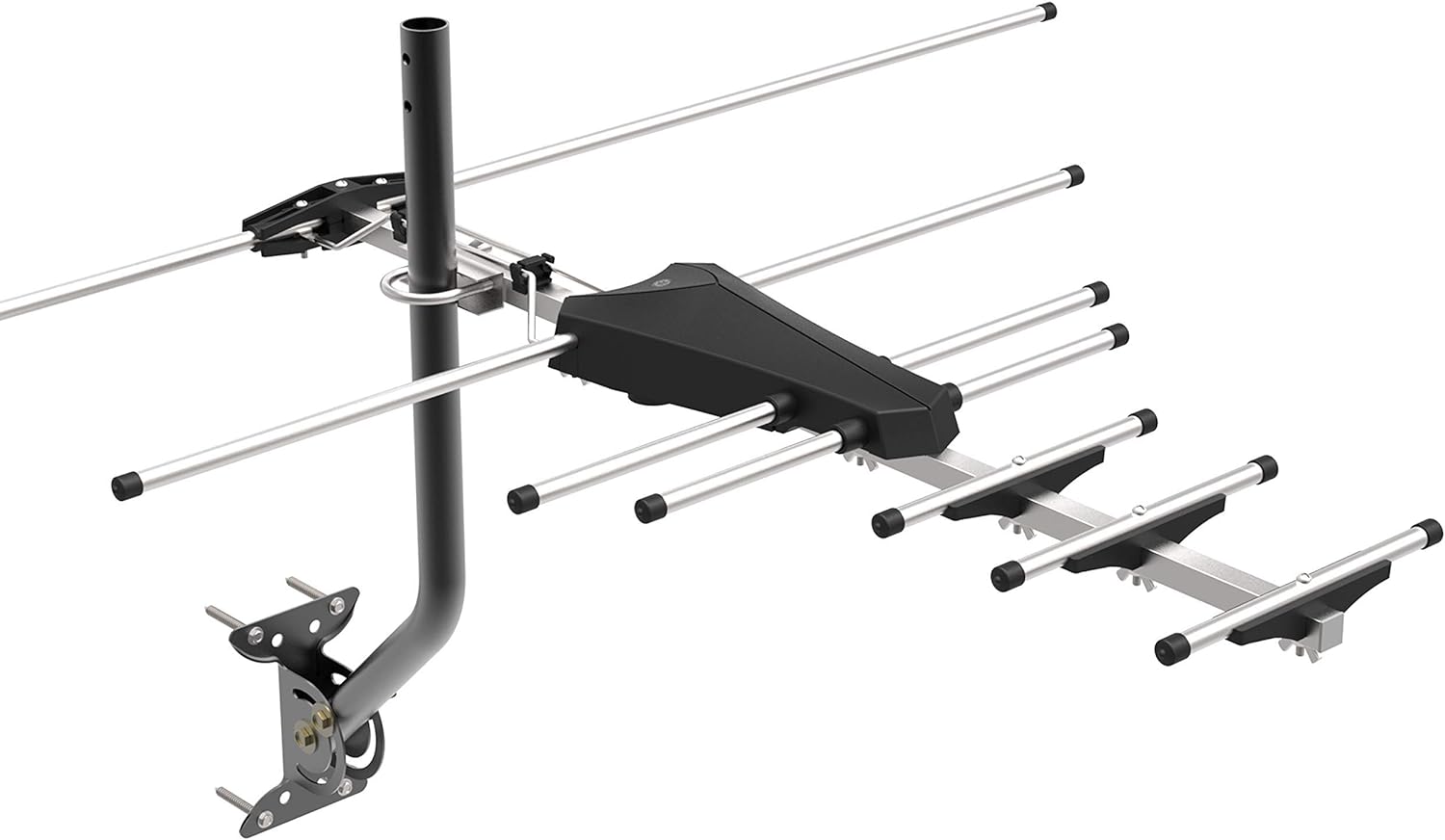
You can also incorporate amplifiers, preamps and signal boosters into the coaxial cable line for a noticeable increase in reception performance. Just be cautious of overloading or distorting the TV tuner if the signal strength is too high.
And as mentioned previously, combining multiple antennas into an array with precise spacing allows signals to compound rather than compete, improving gain.
But for many cord cutters, the simple and free U-shaped coax antenna works flawlessly for tuning in a variety of stations from major broadcast networks.
The Verdict
Repurposing old coaxial cable offers an extremely quick, cheap and effective way to access free over-the-air HDTV. The basic exposed copper wire design can pull in numerous crystal clear stations.
And unlike complex antennas, building a coaxial TV antenna requires only basic tools and materials easily found around the house.
The entire process from start to finish takes less than 30 minutes, saving you significant money in the process.
So before tossing out those leftover cables, try your hand at constructing an easy DIY HDTV antenna first. You might be surprised just how well it performs!
The ability to turn common coaxial cables into functional antennas demonstrates that you don’t need fancy equipment or expensive store-bought products to cut the cord. A little bit of DIY ingenuity goes a long way.

